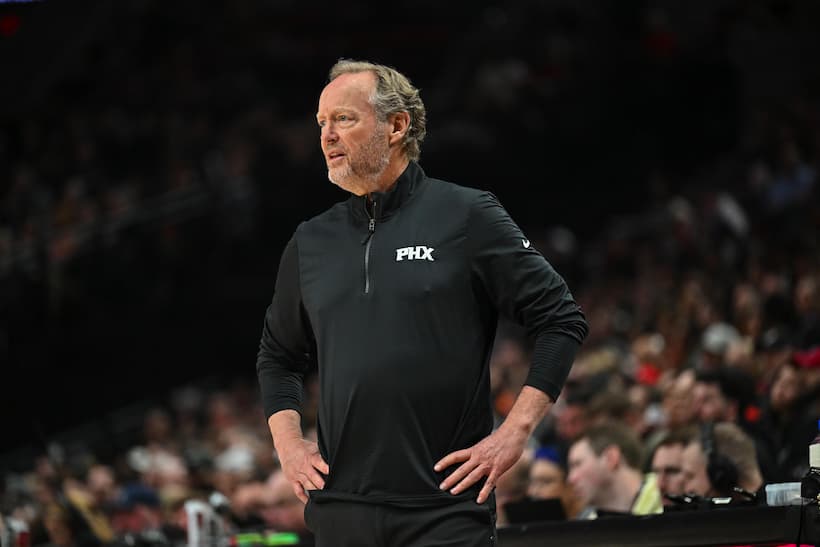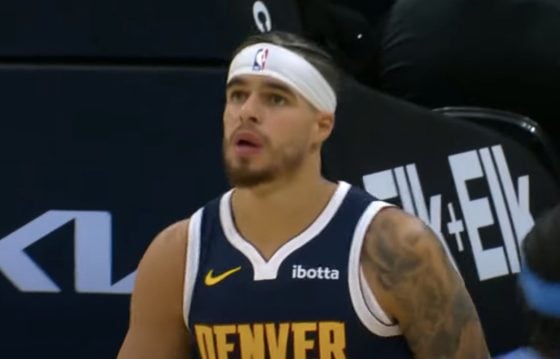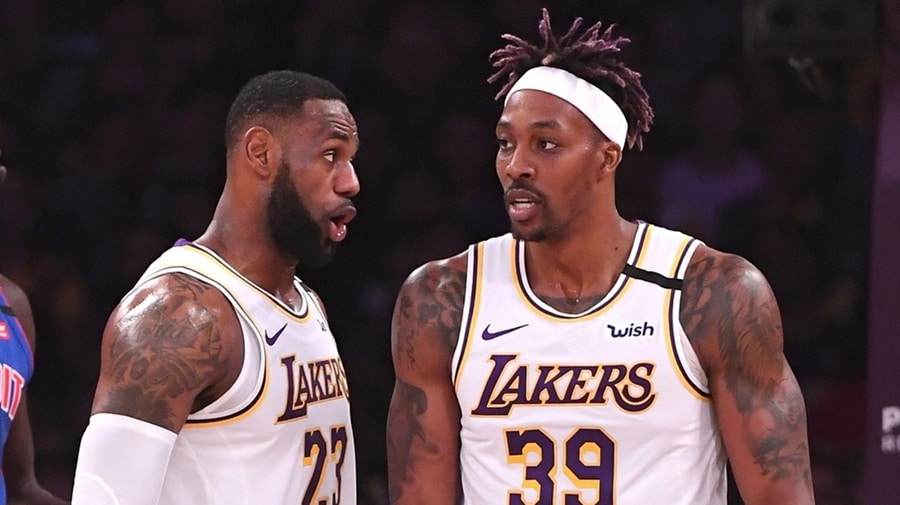After falling to the Miami Heat in the second round of the Eastern Conference Semifinals, the New York Knicks entered the 2023 offseason knowing they needed more spacing/shooting and more size.
So, what did the Knicks do to address that need? They signed a 6’4 guard who was fresh off shooting just 34.1% from three in the playoffs.
Initially, that decision sounds odd, especially considering how guard-heavy New York already was prior to the move. But believe it or not, a lot of the Knicks’ recent success post OG Anunoby trade can be traced back to that peculiar offseason transaction.
Playing The Long Game
New York knew that, in order to take the next step forward, they would need to acquire a bigger wing/forward. But last offseason, the big names in free agency that fell under that description were Jerami Grant, Cameron Johnson, Khris Middleton, Kyle Kuzma, Dillon Brooks, Grant Williams, and Rui Hachimura.
Five of those seven players ended up re-signing with the team they were already on. Williams was a part of a sign and trade. And Brooks signed a 4-year, 86-million dollar deal that New York probably didn’t want to match.
New York also knew that their burgeoning young guard, Immanuel Quickley, was getting pricey and that they likely wouldn’t be able to match the offers he would get in restricted free agency. So, instead of just sitting on their hands, the Knicks decided to add someone who could appropriate what they need from Quickley at a discounted rate.
Quickley Lite
That’s where Donte DiVincenzo comes in. While there is no question that Quickley is the better player between the two and has a much higher ceiling. DiVincenzo can appropriate what this Knicks team needed from Quickley at a much cheaper rate.
With Jalen Brunson (third in the entire NBA in time of possession, per NBA.com) and Julius Randle (22nd in the NBA in usage%) already on their roster, the Knicks didn’t need much more on-ball creation and scoring. What the Knicks need from their off-guard is a player who can play off their stars by spacing the floor, cutting, playing with pace, and defending.
(Sidebar: The on-ball creation they do need appears to be getting filled by third-year guard Miles McBride, who has been awesome in short spurts off the bench since the trade.)
I know we cited DiVincenzo’s poor playoff shooting in the open. But that was more to hammer home the point. Over the last few years, DiVincenzo has proven to be a nice off-ball shooter. Over the last three years, DiVincenzo has ranked in the 75th percentile in wide-open 3-point percentage (per Thinking Basketball database).
DiVincenzo is also an instinctive cutter, which pairs well with Brunson’s dribble penetration and court vision. Look how in sync the tandem is on this end-of-quarter hook-up:
DiVincenzo’s understanding of when to fill empty pockets of space is emblematic of his high offensive IQ. Like Quickley, DiVincenzo is a great .5 player. What that means is that he doesn’t waste time dribbling the air out of the ball. When he catches the ball, DiVincenzo almost immediately knows whether he’s going to shoot, pass, or drive.
This skill shows up in DiVincenzo’s connective tissue passing, where he’s able to successfully build the bridge between the advantage creator and the play finisher.
While his size gets in his way too a degree (particularly in the playoffs), DiVincenzo is a pretty valuable asset on the defensive side of the ball. Again, like Quickley, DiVincenzo is a great defensive playmaker (first clip in the montage below), off-ball screen/handoff navigator (second clip), rebounder (third clip), and communicator (fourth clip).
Some other stats you should know are that DiVincenzo is in the 95th percentile in steal rate and the 50th percentile in block rate (per Cleaning the Glass). He’s also in the 93rd percentile in deflections per 36 among players with at least 200 minutes played (per NBA.com). All these numbers serve to highlight DiVincenzo’s activity as an off-ball defender. On the ball, he’s not nearly as effective. But that’s okay because he has Anunoby to handle those responsibilities.
(Sidebar #2: Anunoby and DiVincenzo are actually a great fit together defensively. Anunoby’s best attribute as a defender is his ability to handle a bunch of different matchups at the point of attack. Meanwhile, one of his “weaknesses” is chasing players around off-ball screens. On the flip side, DiVincenzo is a mediocre on-ball defender who excels in that off-ball chaser role, making them the perfect pair at the two and three.)
Why This All Matters
Losing a player with Quickley’s upside hurts, but it’s one that this Knicks team can stomach – largely because of DiVincenzo. DiVincenzo gives the Knicks all the things they needed Quickley to do on this current roster. He can shoot, cut, make quick-decisions, and defend off the basketball.
This, plus the fourth-year guard’s looming free agency, made Quickley expendable for the Knicks. They could use him to address a bigger need. They could use him to acquire a player like Anunoby.
Everyone (myself included) wants to talk about how great of a move trading for Quickley is for the Toronto Raptors’ future. And while they deserve that praise, we also need to acknowledge how much more the Knicks’ roster makes sense in the present because they have Anunoby.
And the reason for this is because once, not too long ago, New York was making moves for the future. And now, after years of suffering, that future is now for New York.






